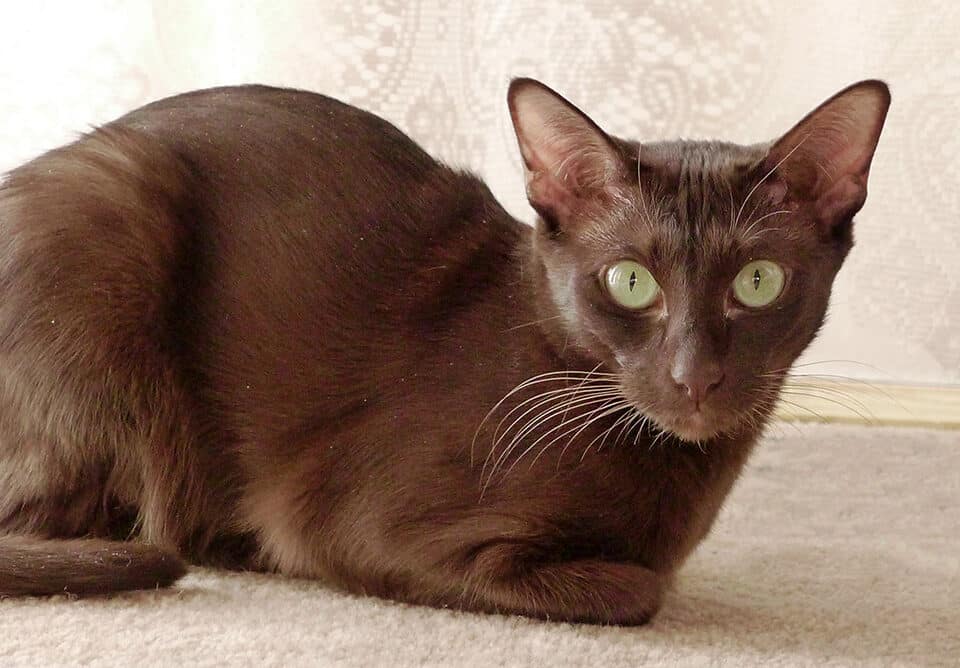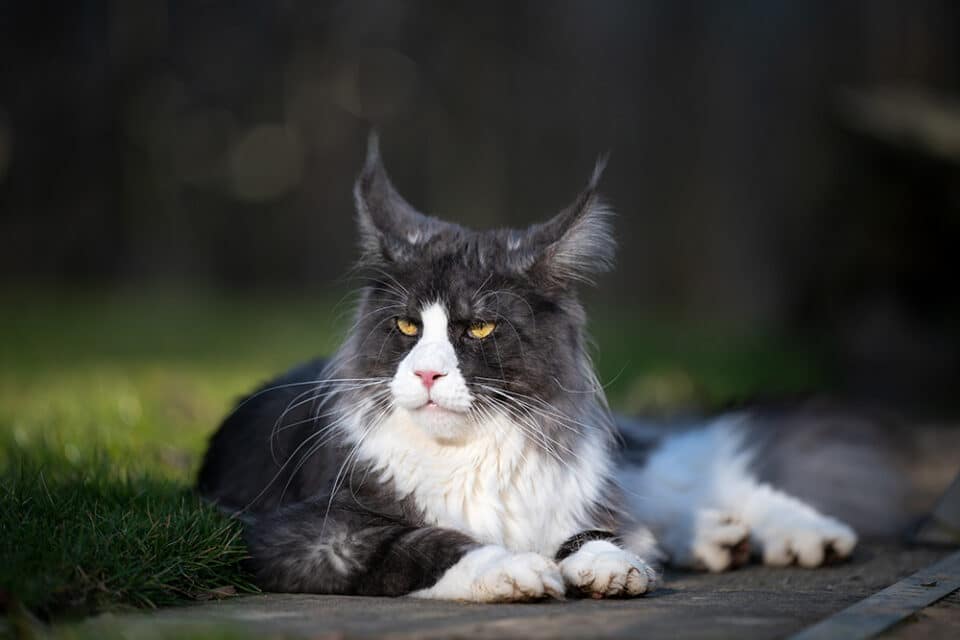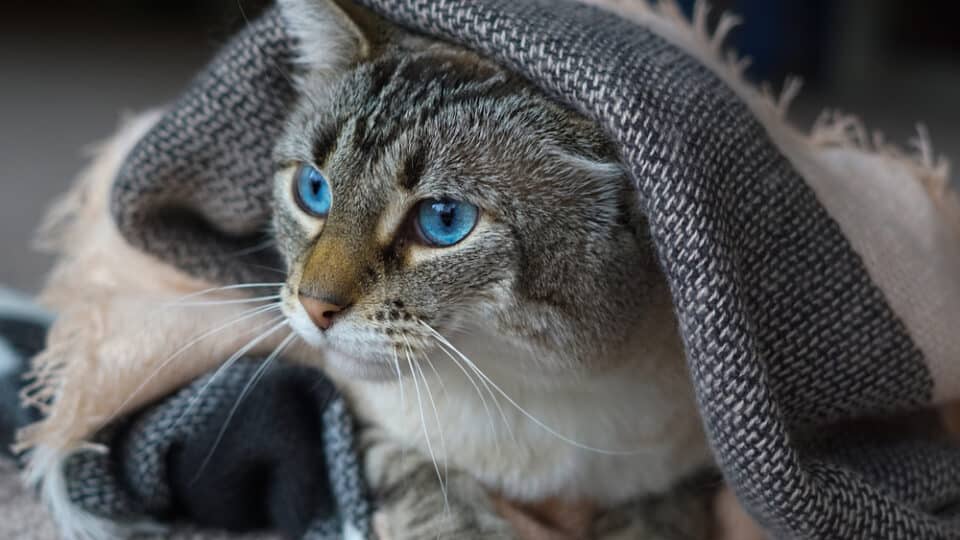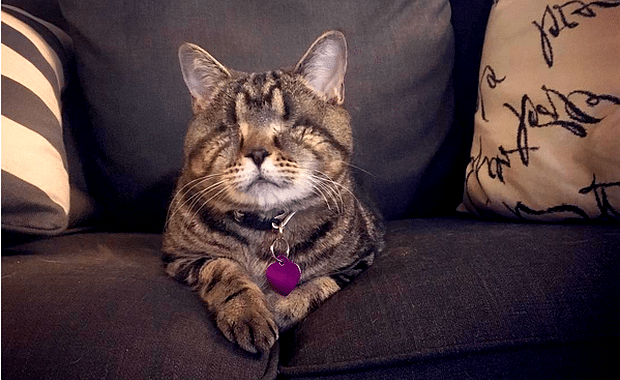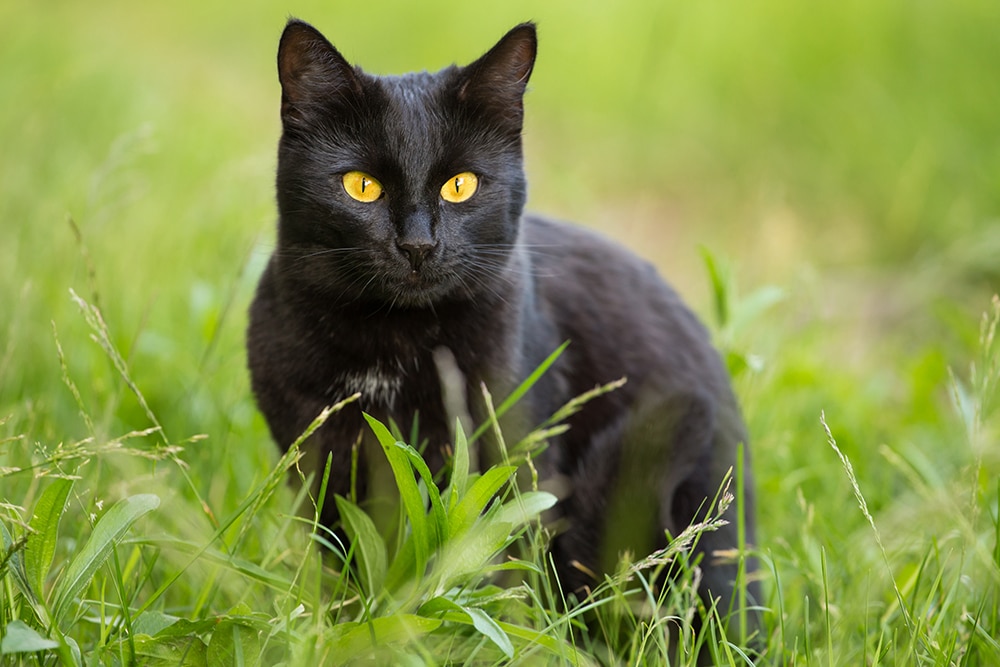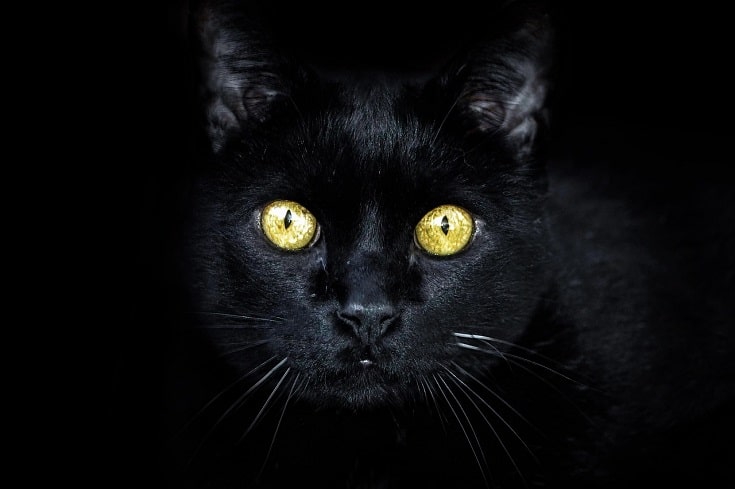Brown cats might be rare, but they’re certainly a topic of fascination. Ever spotted one lounging in the sun? If not, you’re not alone. Their scarcity is why cat enthusiasts adore these unique felines. Dive deeper to uncover the genetic mysteries behind their brown coats.
The color of a cat’s coat is more than just an aesthetic trait – it’s a window into their genetic makeup. While cats are seen in a wide array of colors, the brown variety is a rarity. Understanding why this natural color is so uncommon involves exploring the complexities of feline genetics.
The Genetic Blueprint of Cat Colors
Cats owe their wide range of coat colors to genetics, handed down from North African and Southwest Asian wild cats. These ancestors sported stripes and patterns for sneaky camouflage. Over time, specific genes influenced the color patterns, creating the diverse palette of today.
Genetically, a cat’s coat comes from a mix of dominant and recessive genes. It’s this mix that determines whether a cat will have a solid, calico, or tabby pattern. The presence of genes like Colorpoint and Agouti further diversify the hues, while others create the patterns cat lovers recognize.
Understanding Cat Color Genes
There are four basic types of cat color genes: Basic color genes add pigments which create those lovely gray, black, and reddish hues. Others, known as modifier genes, adjust these hues into varied shades.
White-spotting genes don’t add color but remove it, resulting in patches of white. Meanwhile, pattern-creating genes help form the signature tabby design many adore. It’s the interplay of these genes that makes every kitty unique.
Brown cats get their hue from a black pigmentation gene. With two dominant genes, the cat turns out black. But with one recessive gene, a cat might carry a brown variant.
Breeding reduces brown cats’ numbers. Two brown gene carriers might only produce 25% of kittens with the chocolate hue – a trait that makes these particular cats precious to breeders and enthusiasts alike.
Other Types of Brown Cats
Cats with recessive mutations in specific genes can turn brown, thanks to the TYRP1 gene. This gene changes the production of eumelanin, affecting pigmentation intensity.
Intronic mutations might lead to a chocolate or dark brown coat. In contrast, a nonsense mutation results in a lighter cinnamon shade. It’s this genetic trickery that makes brown cats a genetic marvel.
Breeds Known for Brown Coats
Despite their rarity, brown cats do pop up in certain breeds. If you’re looking to adopt one, dig deep into breeds like the Havana Brown or York Chocolate.
From the loving Burmese to the inquisitive Oriental Shorthair, several breeds boast brown coats, though they remain quite rare in the cat world. Each breed brings a unique history and temperament, adding to their appeal.
The Havana Brown is cherished for its deep, chocolate fur. Its origins lie in England with breeders wanting a cat to rival the Siamese in charm.
Meanwhile, York Chocolate cats charm with their stylish semi-long fur, initially bred as show cats in New York. Their rareness and beauty are unmatched.
The Burmese cat, with its heritage as a natural breed, boasts two brown tones. Their glossy coats and affectionate natures make them exceptional companions.
Burmeses are outgoing, showing off golden eyes and performing tricks. They’re one of the few naturally brown cats, sharing their genetic roots with wild Asian felines.
The Curious Oriental Shorthair
The Oriental Shorthair stands out with its slender build and wide color range. While some sport a brown coat, others are colorful and are named for their playful nature.
These social cats are known for their distinct “honk” meow and will follow their owners anywhere, seeking interaction at every turn.
Another brown-coated breed to note is the Ragamuffin. Despite their large size, they’re cuddly, making them popular among cat aficionados. Their solid brown coat is an unusual find.
The Delightful Chocolate-Colored Persian
Chocolate Persians are in demand for their calming nature and beautiful coats. Though many Persians are colorful, those sporting chocolate fur are relatively rare.
These felines, with their gentle demeanor and quiet charm, prefer a calm household where they can focus on their family. Expect them to curl up beside you, seeking affection.
Persians are indoor cats, their thick coats needing regular grooming. Their calm nature and loveable charm make them a household favorite, even if the chocolate variety is hard to find.
In the world of feline companions, brown cats are indeed the unicorns of the group. Their scarcity is coupled with a rich genetic story that makes each one special. Whether it’s their genetics or their breed history, exploring these rare gems brings new appreciation for the diverse world of cats.
